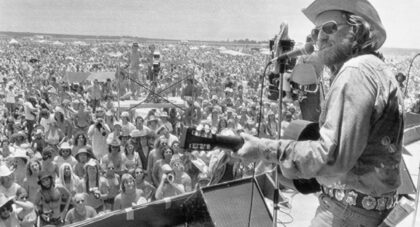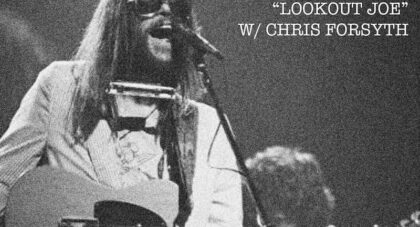Ernest Hood's 1975 proto-ambient masterpiece Neighborhoods is a reminder of what happens when quiet makes space to really listen. Combining idyllic field recordings and washes of synth and zither, the album illustrates the relationship between the specific and the universal . . .
Only the good shit. Aquarium Drunkard is powered by its patrons. Keep the servers humming and help us continue doing it by pledging your support.
To continue reading, become a member or log in.


